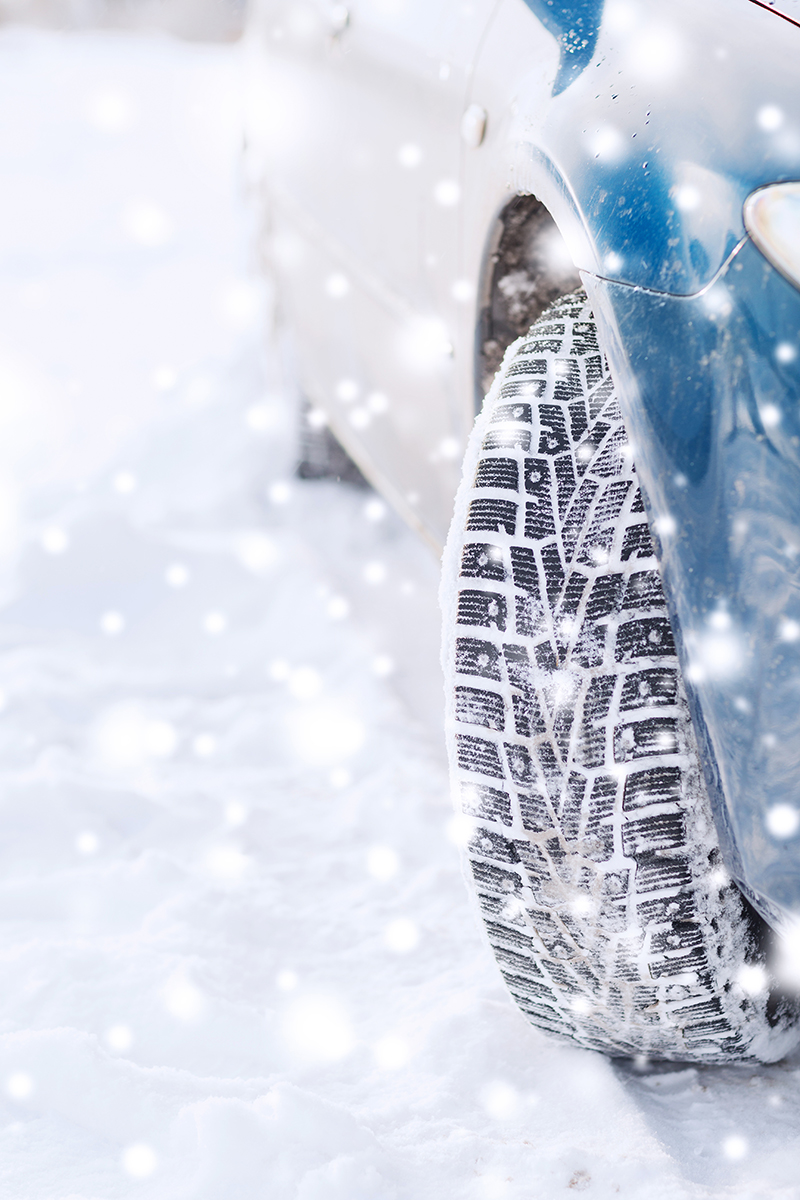How Winter Tires Improve Grip on Icy Roads
Posted January 13th 2016
Winter tires (or snow tires) are known to offer improved safety and control on icy roads. How do they work to give us a better driving experience during cold months?
Winter tires are essentially cold weather tires that are specially designed for use in cold weather. Specifically, they are built to perform under weather conditions involving ice, slush, snow and sleet. Contrary to popular opinion, high quality winter tires, available at top Edmonton tire shops, work well on wet and dry roads.
Winter tires are made of softer rubber compounds and actually contain more natural rubber compared to all season tires. This soft compound offers added flex and deflection during icy conditions. Silica is a preferred additive for softer rubber compounds because it is known to offer increased friction.
The reason behind this is that conventional rubber is notorious for hardening in cold temperatures. A hard tire tends to lose traction due to reduced friction; this is the primary point of difference between all season tires and winter tires. The softer rubber compounds used in the manufacturing of winter tires is designed to combat this. As Edmonton tire experts will recommend, added pliability helps offer safer braking and stopping in extreme weather conditions.
Well-established manufacturers design winter tires with special tread patterns. These tread patterns could include arrowhead, V-shaped, asymmetrical or staggered shoulder designs. Asymmetric tread patterns, for example, comprise larger tread blocks or ribs designed to offer a larger contact area for better winter traction.
Edmonton winter tires are referred to as ‘high void’ tires. In simple language, this means that the treads are designed to throw out snow and small particles of ice as the wheels turn. In some special tires, the siping on the winter tires is fortified with tiny teeth which remain effective even when the treads may wear down.




